Remember that the next time you're waiting to see your newly minted doctor
Published Oct 19, 2024 • Last updated 0 minutes ago • 4 minute read

Canada’s newest medical school will select students not for their ability, but their identity. Great, as if Canada’s healthcare system wasn’t bad enough already.
The school, which opens next fall at Toronto Metropolitan University, will reserve 75 per cent of its seats for Indigenous, Black, and other “equity-deserving” groups including 2SLGBTQ+. These students will need an undergraduate GPA of only 3.3 on a 4-point scale, and maybe not even that; for comparison, the University of Toronto medical school’s average accepted GPA is 3.95. Able-bodied straight white students can’t apply for these seats. It’s TMU’s affirmative action school for doctors who can’t get in on their merits. Canada now has full-blown racial and gender discrimination. How did we get here? The Supreme Court of Canada is largely to blame.
Advertisement 2
THIS CONTENT IS RESERVED FOR SUBSCRIBERS
Enjoy the latest local, national and international news.
- Exclusive articles by Conrad Black, Barbara Kay and others. Plus, special edition NP Platformed and First Reading newsletters and virtual events.
- Unlimited online access to National Post and 15 news sites with one account.
- National Post ePaper, an electronic replica of the print edition to view on any device, share and comment on.
- Daily puzzles including the New York Times Crossword.
- Support local journalism.
SUBSCRIBE FOR MORE ARTICLES
Enjoy the latest local, national and international news.
- Exclusive articles by Conrad Black, Barbara Kay and others. Plus, special edition NP Platformed and First Reading newsletters and virtual events.
- Unlimited online access to National Post and 15 news sites with one account.
- National Post ePaper, an electronic replica of the print edition to view on any device, share and comment on.
- Daily puzzles including the New York Times Crossword.
- Support local journalism.
REGISTER / SIGN IN TO UNLOCK MORE ARTICLES
Create an account or sign in to continue with your reading experience.
- Access articles from across Canada with one account.
- Share your thoughts and join the conversation in the comments.
- Enjoy additional articles per month.
- Get email updates from your favourite authors.
THIS ARTICLE IS FREE TO READ REGISTER TO UNLOCK.
Create an account or sign in to continue with your reading experience.
- Access articles from across Canada with one account
- Share your thoughts and join the conversation in the comments
- Enjoy additional articles per month
- Get email updates from your favourite authors
Article content
Last year, the U.S. Supreme Court brought race-based admissions at American universities to an end. Harvard University, among others, preferred Black and brown students to Asian and white ones in the name of “diversity.” That practice, the court declared, violated the Equal Protection Clause of the U.S. Constitution. Equal protection “cannot mean one thing when applied to one individual and something else when applied to a person of another color.” In the United States, equal treatment under the law is a constitutional requirement.
But not in Canada. “Every individual is equal before and under the law,” says the Canadian Charter of Rights and Freedoms, “and has the right to the equal protection and equal benefit of the law without discrimination …” But the Supreme Court of Canada has long insisted that the clause does not mean equal treatment but equity.
Equity, also known as “substantive equality” or “equality of outcome,” means treating different groups differently. It means applying standards and granting rights to compensate for perceived advantages, disadvantages, strengths, and weaknesses. Equity is a right granted not to individuals as individuals, but to members of groups.
By signing up you consent to receive the above newsletter from Postmedia Network Inc.
Article content
Advertisement 3
Article content
Recommended from Editorial
-

Jamie Sarkonak: TMU's diversity doctor program a new low for Canadian academia
-

Mark D’Souza: CanMEDS threatens core principles of medical expertise
Equal treatment and equity are opposites. The law cannot apply the same laws and standards to everyone and also adjust them depending upon the group. As Friedrich Hayek put it, “From the fact that people are very different, it follows that, if we treat them equally, the result must be inequality in their actual position, and that the only way to place them in an equal position would be to treat them differently. Equality before the law and material equality are therefore not only different but are in conflict with each other; and we can achieve either the one or the other, but not both at the same time.”
So what happened? The Supreme Court of Canada did not decide its first case under the equality provision, section 15(1), until 1989. In the interim, the federal government established a Royal Commission on Equality in Employment, also known as the Abella Commission after its commissioner Rosalie Abella. Abella, now retired, would later become the most activist judge on the court. The commission’s report, released in 1984, recommended employment equity policies in the federal government and in federally regulated companies, and led to the passage of the federal Employment Equity Act in 1986, which required affirmative action programs that gave preference to candidates from some groups over others.
Advertisement 4
Article content
The Act did not bind the Supreme Court’s interpretation of the Charter, but it was newly in place when the Supreme Court heard the case of David Mark Andrews, a British citizen and permanent resident of Canada, and a qualified lawyer, who challenged a British Columbia requirement that lawyers be Canadian citizens. In its 1989 decision, the court struck down the requirement. Justice William McIntyre wrote, “… a law which treats all identically and which provides equality of treatment between “A” and “B” might well cause inequality for “C,” depending on differences in personal characteristics and situations. To approach the ideal of full equality before and under the law… the main consideration must be the impact of the law on the individual or the group concerned…”
The court has been doubling down on equity ever since. Unlike the American Constitution, the Charter contains an exception to its equality guarantee. Section 15(2) allows for programs of affirmative action that discriminate against members of some groups to promote the fortunes of others. It was meant to be an exception, but the Supreme Court has made it the general rule.
Advertisement 5
Article content
In Canada, the Charter may not even apply to university admission policies (because universities are not governments), but human rights codes do. Like section 15(1) of the Charter, human rights codes promise a right to equal treatment. But in accordance with the Supreme Court’s equality jurisprudence, human rights have come to mean equity too. In 2022, the Ontario Human Rights Tribunal said that white people cannot claim discrimination.” An allegation of racial discrimination or discrimination on the grounds of colour,” it wrote, “is not one that can be or has been successfully claimed by persons who are white and non-racialized.”
Thanks to the Supreme Court, equality rights have become weapons wielded by preferred groups to demand more lenient standards and advantageous outcomes. In Canada, some people are more equal than others. Remember that next time you’re waiting to see your newly minted doctor.
National Post
Bruce Pardy is executive director of Rights Probe, professor of law at Queen’s University, senior fellow with the Aristotle Foundation for Public Policy, and author of the new report “A Right to Unequal Treatment”.
Article content
.png)
 2 hours ago
6
2 hours ago
6






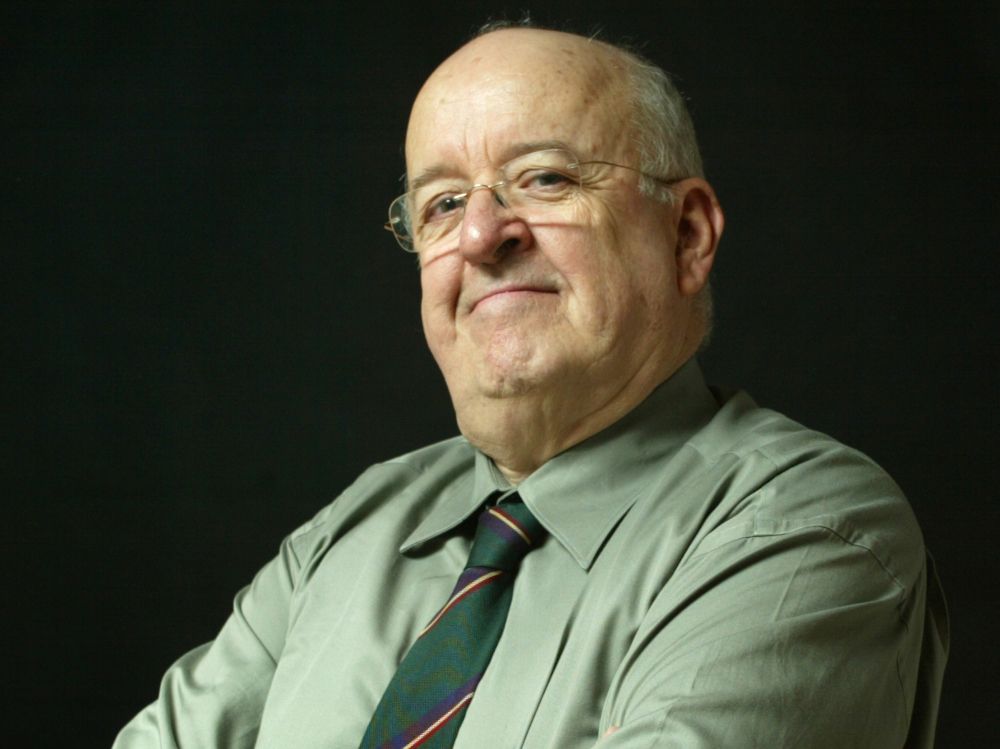

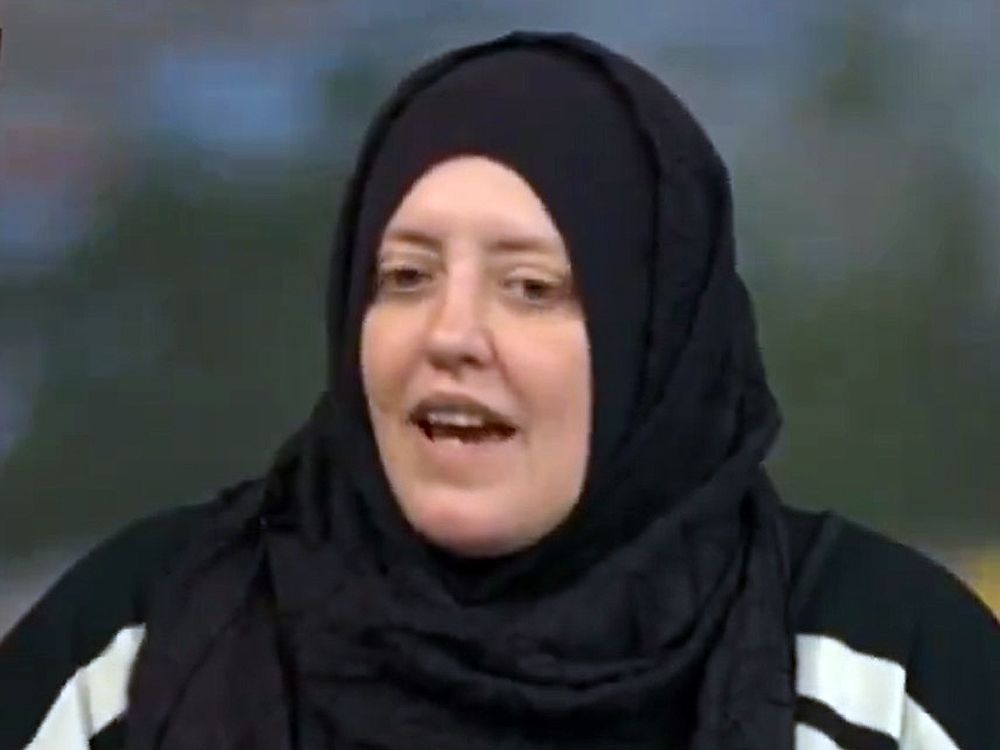



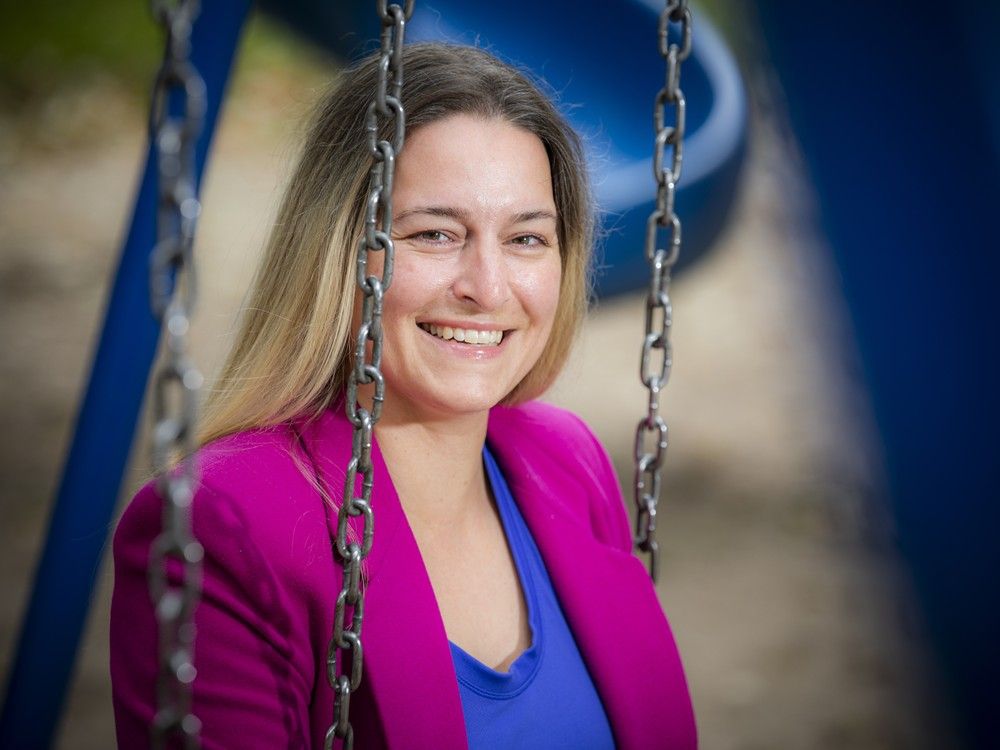













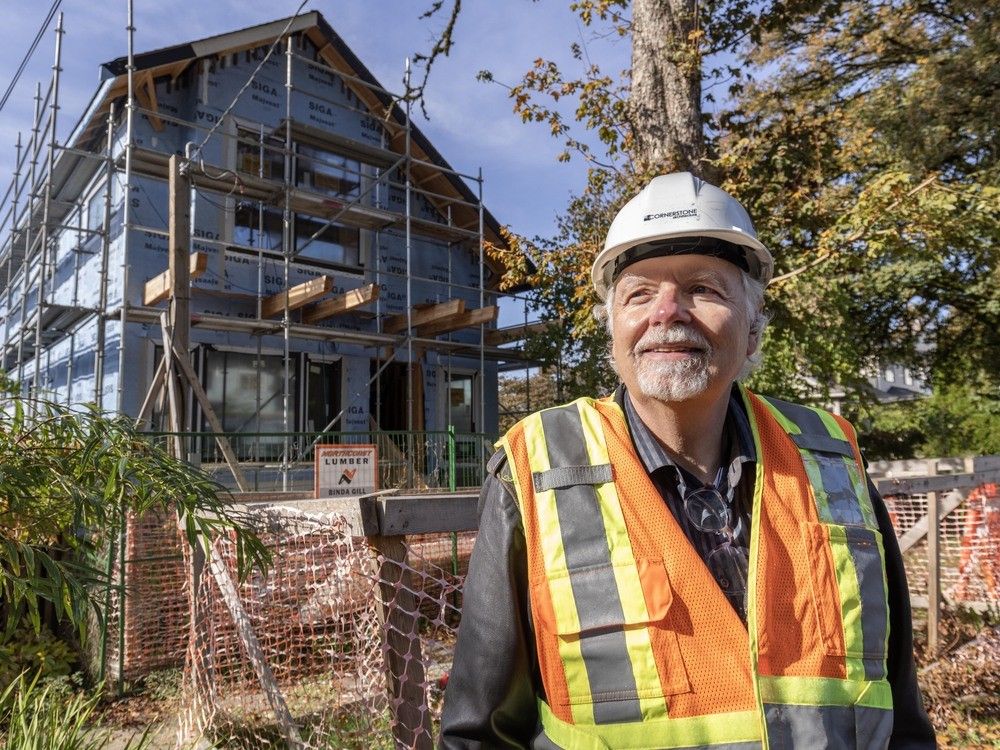

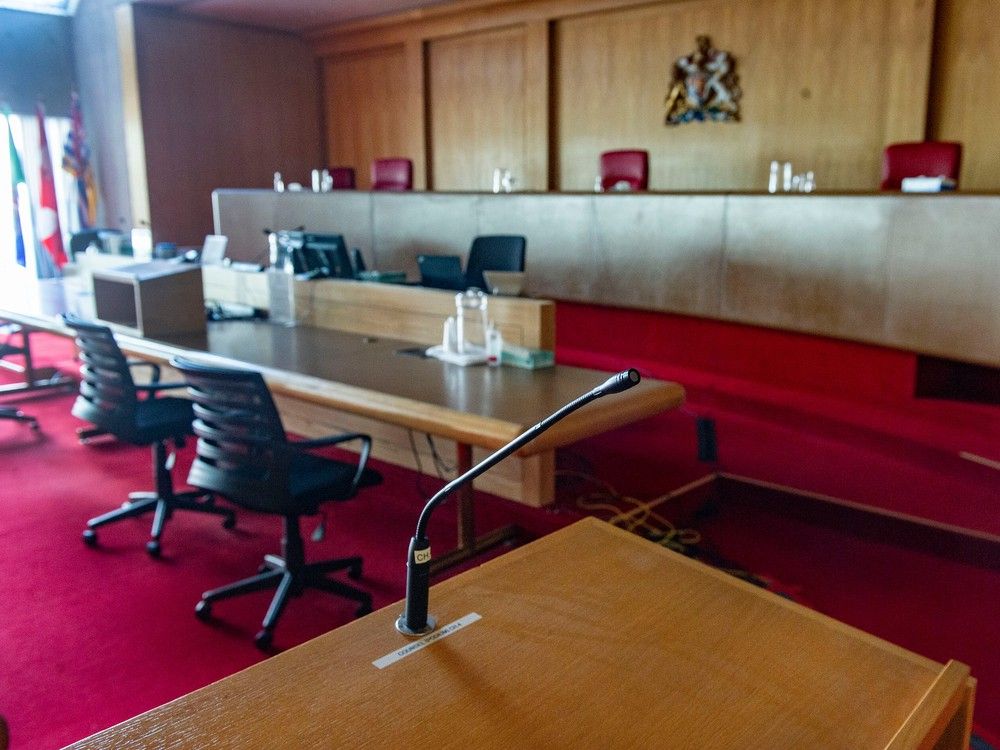




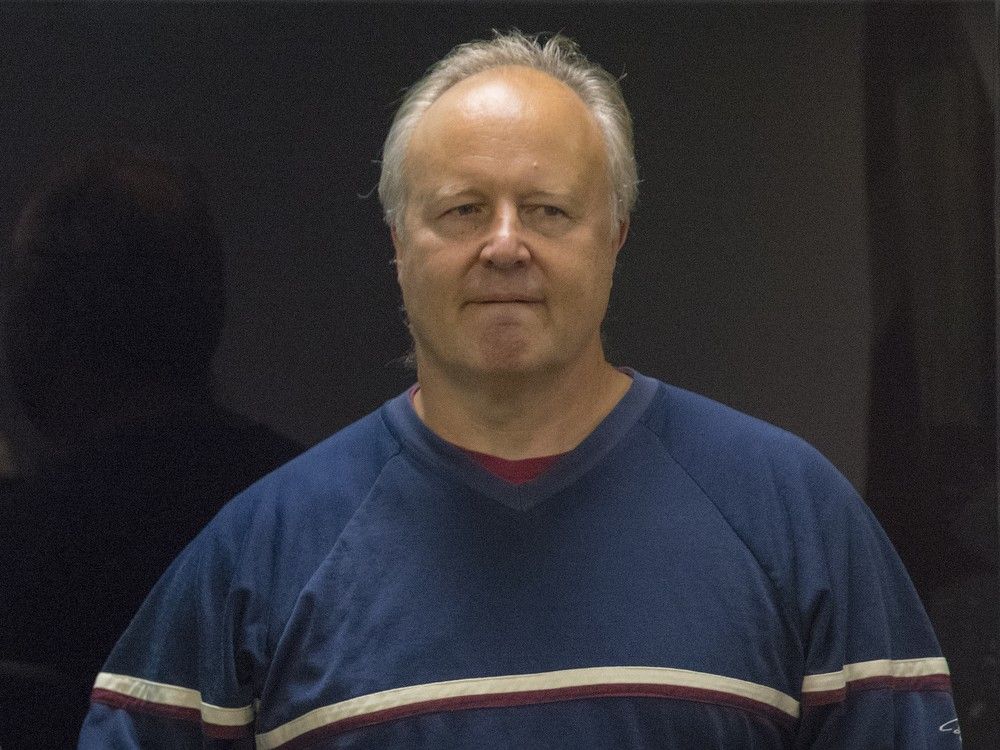


 Bengali (BD) ·
Bengali (BD) ·  English (US) ·
English (US) ·